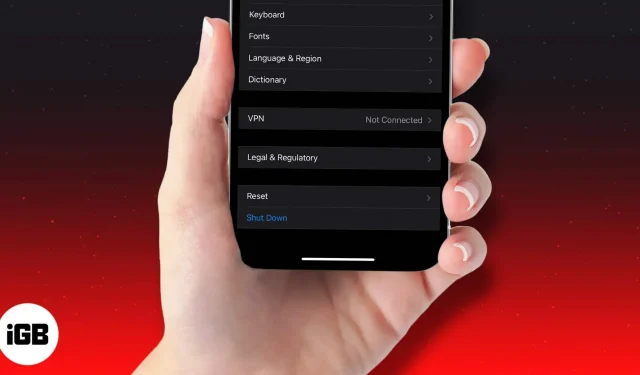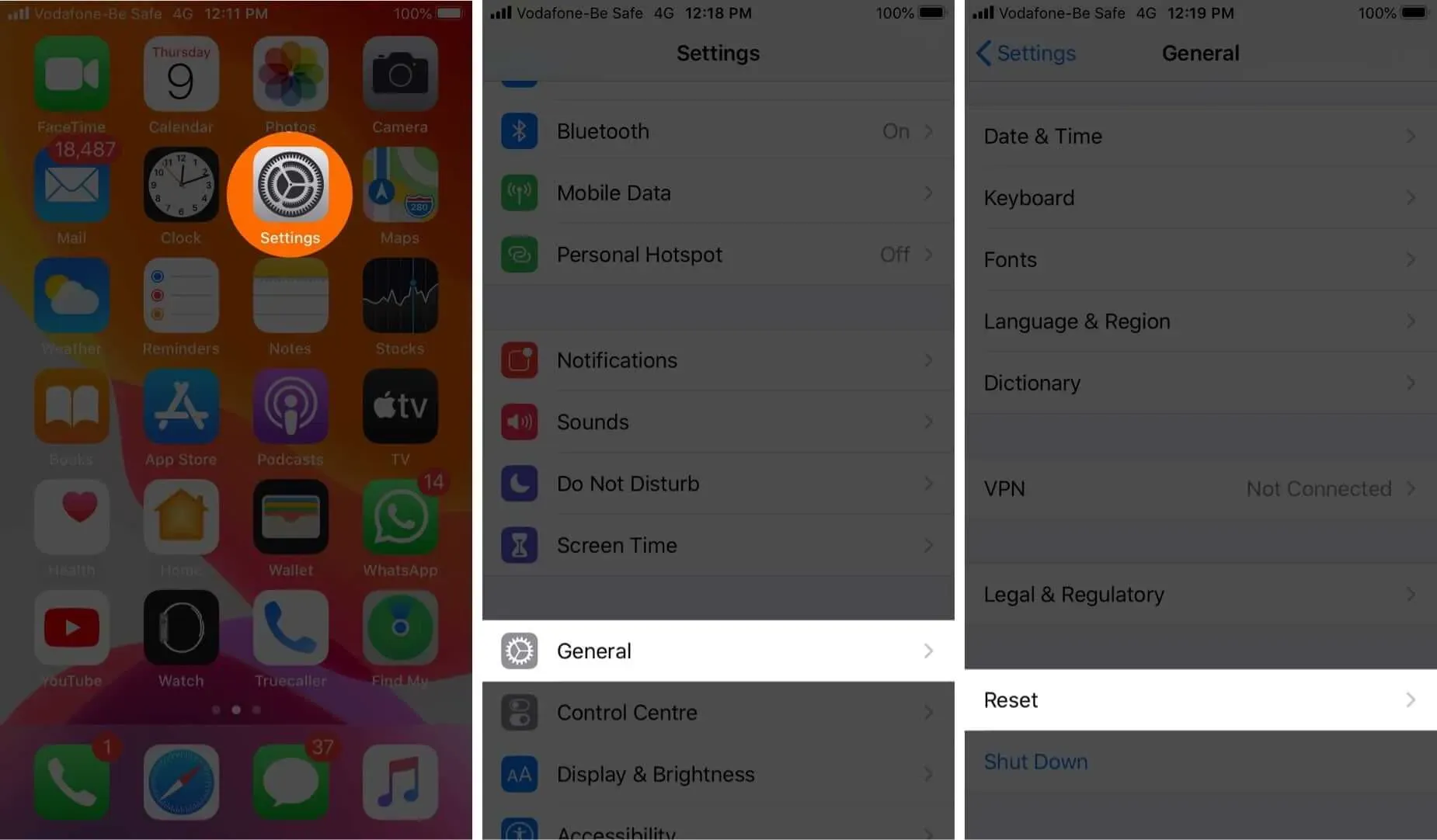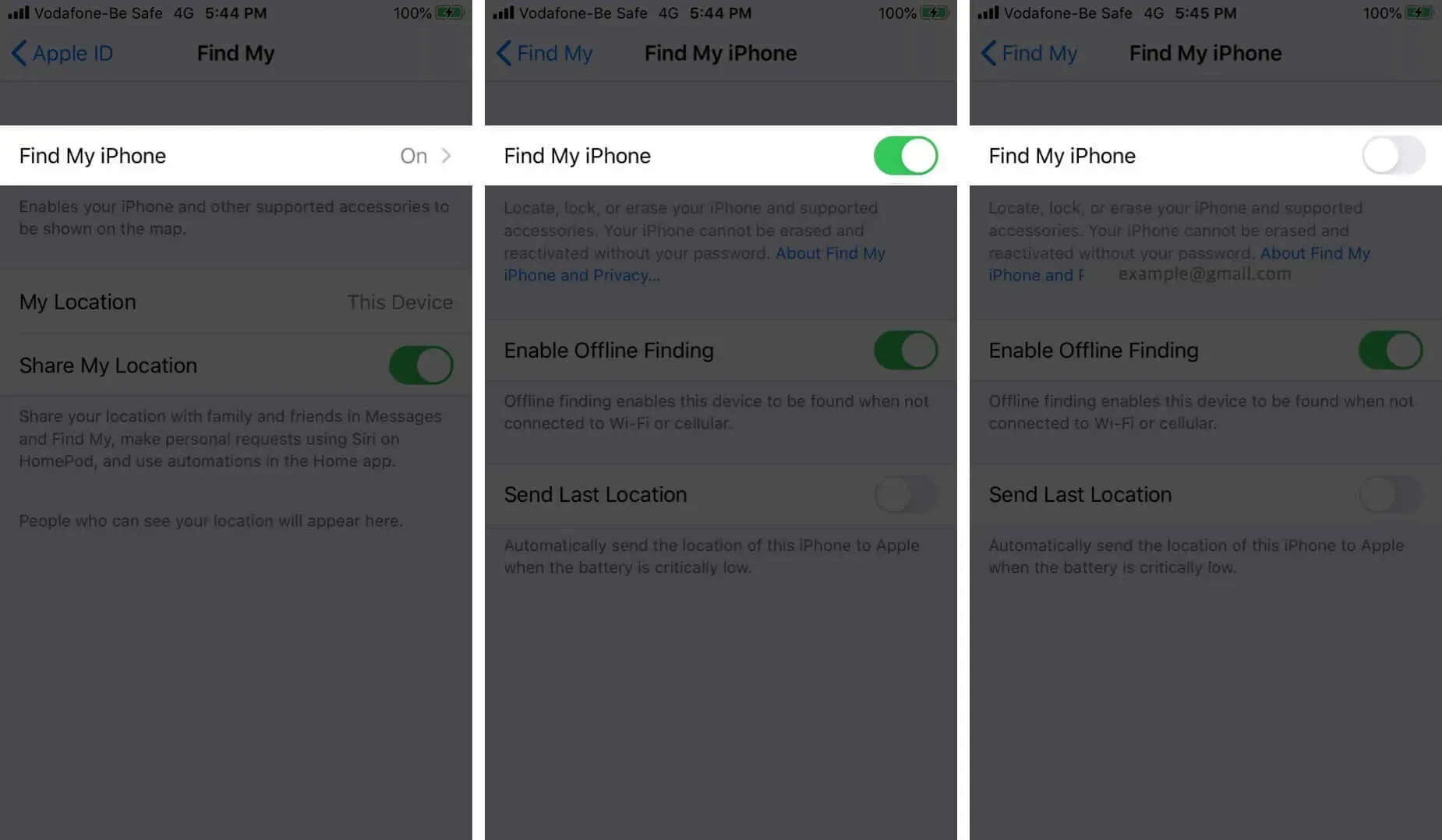How to Factory Reset iPhone and iPad

There are several different situations in which you may want to factory reset your iPhone or iPad. For example, if several apps are constantly crashing, if your device is slow, or if your iPhone is behaving erratically, and you cannot determine the cause or solution.
A factory reset wipes your device and can fix certain issues that can slow down its performance. This is true for all iPhones from the latest iPhone 14 series to the iPhone 6s.
However, this should be considered as a last resort and should only be done after simpler solutions like restarting or forcing your device to restart have not fixed the issues you are experiencing.
- What happens when you reset your iPhone to factory settings?
- Factory reset deletes everything?
- Prepare your device for factory reset
- How to Factory Reset iPhone or iPad (Including iPhone 14)
- How to factory reset iPhone or iPad using iCloud
- Reset iPhone or iPad using Mac or PC
- Reset iPhone or iPad using recovery mode
- What to do after restarting an iOS device?
What happens when you reset your iPhone to factory settings?
As the term “factory reset”implies, this option restores the software on your device to the way it was when it left the factory. This means that all settings are returned to their default values and all your data such as downloaded applications, photos, music, documents and other files are deleted. After resetting your iPhone or iPad to factory settings, you can set up your device almost from scratch, “like new”.
Factory reset deletes everything?
It depends on what exactly you are dumping. If you want to factory reset your iPhone 14, iPhone 14 Plus, iPhone 14 Pro, iPhone 14 Pro max, iPhone 13 series, or any of its predecessors, there are six different options available. Let’s take a brief look at each of them.

When going to “Settings”→ “General”→ “Reset”:
- Reset All Settings: This will return the home screen layout, location settings, network settings, privacy settings, keyboard dictionary, and Apple Pay cards to their defaults. If you choose this option, you will not delete any files or media.
- Reset Network Settings: This will remove all your network settings such as Wi-Fi login credentials and networks your phone automatically connects to. Also, manually trusted website certificates are rolled back to untrusted and your device name is reset to just “iPhone”.
- Reset Keyboard Dictionary: Selecting this option will remove any words you may have added to the default keyboard dictionary on your iPhone.
- Reset Home Screen Layout: This will remove your custom home screen layout or app folders. All stock iOS apps will return to their default positions, and the Home screen will return to the way it was when you first set up your iPhone. Your data will be safe.
- Reset Location & Privacy: As the name suggests, this option resets your iPhone’s location services and privacy settings to their defaults.
- Erase All Content and Settings: This is what we usually refer to when we talk about factory reset. It completely removes all your content and settings, restoring your iPhone to the way it was when you first bought it.
Thus, only the “Erase all content and settings”option will erase all data from your device except for apps and default settings.
Prepare your device for factory reset
Before trying to factory reset your iPhone or iPad, make sure you have done the following:

How to factory reset an iPhone or iPad (including iPhone 14 or 13 series)
There are four ways to reset iPhone or iPad. Let’s look at the simplest and most convenient first.
- Go to Settings → General → Reset.
- Select Delete All Content and Settings.
- If you have not backed up your device, you will be prompted to do so.
- Click Erase Now.
- You will then be asked to enter your Screen Time passcode if you have set one.
- You will see a warning. Click on the “Erase iPhone (or iPad)”option.
- Enter your Apple ID password to confirm. And click “Erase”in the upper right corner.
- It will take a few minutes for your device to wipe all your settings and data. It will then return to the setup screen you would have seen the first time you used the device.
How to factory reset iPhone or iPad using iCloud
If your iPhone is lost or stolen, you can remotely erase all of its contents using the iCloud website. This is only possible if you have set up Find My iPhone.
- Visit iCloud.com and go to Find My iPhone.
- Click on the “All Devices”option and select the iPhone or iPad you want to factory reset.
- Click Erase iPhone/iPad.
- Once confirmed, the remote wipe will start as soon as your selected device is connected to the internet. Once the process is complete, you will receive a confirmation email to your registered Apple ID email address.
This process will lock your iPhone. And if you follow this process to reset your device, you can unlock it by entering your Apple ID and password.
Reset iPhone or iPad using Mac or PC
Reset iPhone/iPad using Finder
- Launch Finder.
- Connect your iPhone or iPad to your Mac with a Lightning to USB cable.
- Click on the “Trust”button on your device if prompted.
- On the left panel, select your device.
- Select Restore iPhone/iPad.
- Click “Restore”in the pop-up window to confirm.
- Your device will be wiped and restored to factory settings. Once the process is complete, it will restart and you can set it up again from scratch.
Factory Reset iPhone/iPad with iTunes
- Launch iTunes.
- Connect your iPhone or iPad to your computer with a Lightning to USB cable.
- Click the small device button in the top left corner.
- On the left panel, click “Summary”.
- Now click Restore.
- Confirm device recovery
- Your device will be wiped and restored to factory settings. Once the process is complete, it will restart and you can set it up again from scratch.
Reset iPhone or iPad using recovery mode
You can also use recovery mode to reboot your device. This is usually necessary when:
- iPhone or iPad stuck on the Apple logo for a few minutes
- The computer does not recognize your device when connected
- Computer says your device is in recovery mode when you plug it in
To wipe data from iPhone or iPad in recovery mode, follow these steps:
- Connect your device to your computer and put it into recovery mode. The procedure for doing this depends on which model you have.
- As soon as your computer detects your device, a “Restore or update”message will appear.
- Select “Restore”and follow the instructions on the screen.
- This will wipe your iPhone or iPad and download the latest version of iOS or iPadOS supported by your device.
- Once the process is complete, you will see a notification on the screen and your device will reboot.
What to do after restarting an iOS device?
After resetting your iPhone or iPad to factory settings, all your data will be deleted and your device will be “like new”. So what can you do next:
- Set up like new
- After the factory reset process, your device will display the initial setup screen. Follow the onscreen instructions to set it up from scratch. Alternatively, you can restore an iOS device from an iCloud backup.
Restoring your iPhone or iPad to factory settings is a fairly simple process. We hope this detailed guide has provided you with everything you need to know about it. If you have additional questions, please let us know in the comments below.
Leave a Reply